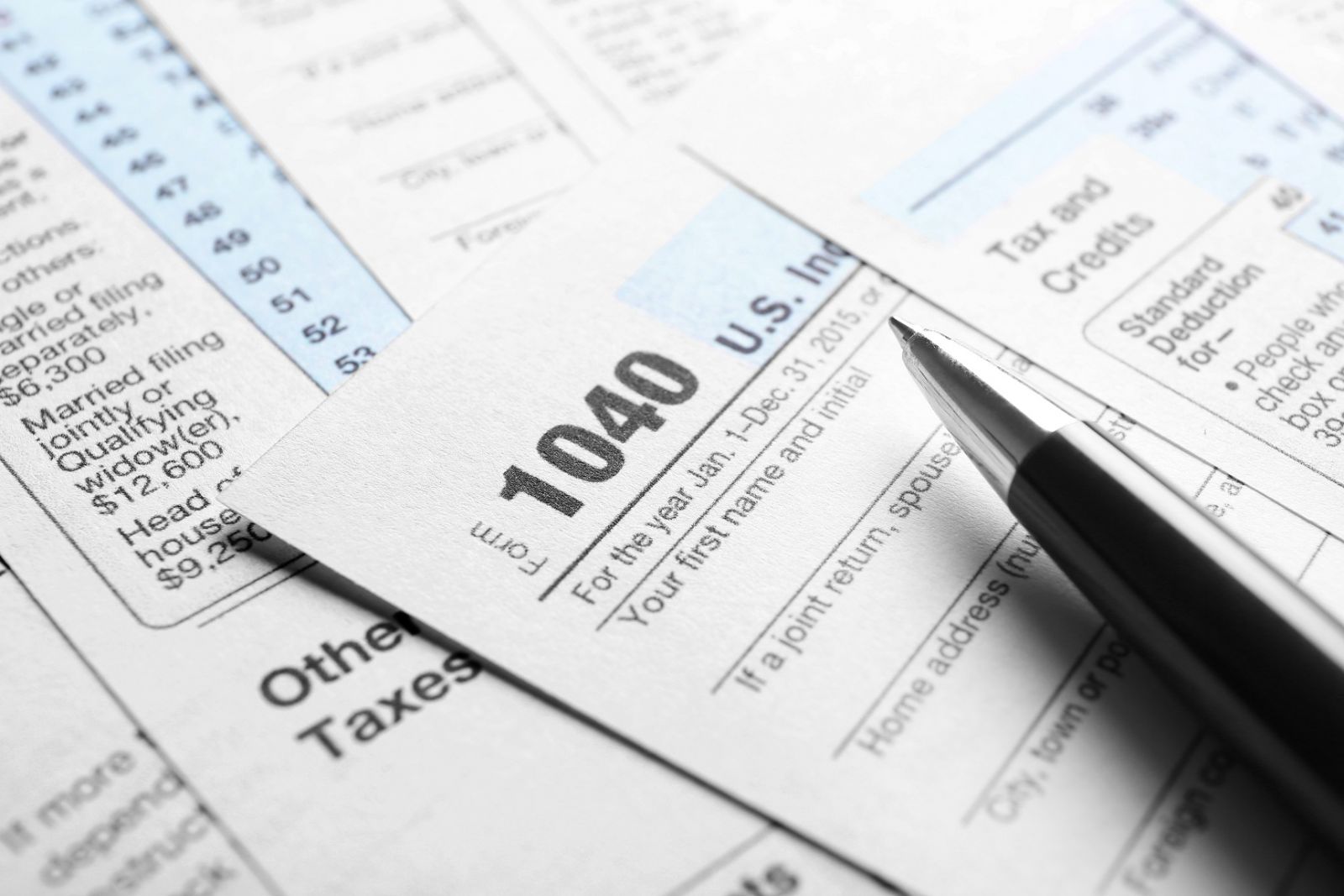5 COMMON TAX MYTHS YOU ARE BETTER OFF IGNORING

Doing your taxes is a tough job. With laws and rules changing with every region and year, there is a lot of confusion around how it should be done in the most efficient manner – not to mention one that is easiest on the pocket.
While there are way too many myths for us to bust in one go, we can help you with the top five tax myths that currently prevail in the world of taxes, help you get the best of your returns and avoid getting audited.
Tax myth #1 – It is voluntary to file your taxes:
Very obvious, yet one of the biggest myths to circle around the world of taxes – no matter what state you may be in, it is always mandatory to pay your taxes.
The confusion happens because people often mistakenly refer to a passage in the Form 1040 instruction book that states that the tax system is a voluntary one. While that is correct in theory, it has no bearing upon the status of paying taxes, which is as mandatory as it gets.
Tax myth #2 – Students need not pay any taxes:
A truth to some extent, students earning less than $12,000 a year do not need to file their income taxes. Those earning more than that figure, however, need to pay taxes on a mandatory basis.
That being said, if you are a student under the age of 24, your parents claim you as a dependent, and you meet certain criteria, you can avoid having to pay taxes. It doesn’t matter if you go to school full time. You need to file your income taxes.
Fortunately, there is the IRS to help with this – there is a very handy “quiz” on their website to help understand if you need to file a tax return.
Tax myth #3 – Pets can be filed as dependents
Although pets have a very special status in life (for they are loved and require a lot of investment), they cannot be filed as dependents, and therefore cannot get you a tax break.
That being said, pets can be leveraged to make tax breaks in some circumstances – for instance, if the pet in question is a service animal such as a therapy animal or a guide dog, or even a guard animal for your business (if that is applicable). Make sure that you have a detailed record related to your pet, as the IRS will require both the proof of the need of a service animal, as well as the proof that said service animal is trained to help you.
Tax myth #4 – The accountant is responsible for filed tax errors
To err is human – and something that’s applicable even to accountants and financial experts. Even the finest of experts can sometimes make a mistake and that could potentially result into you getting audited.
You heard that right – even if it is your accountant who makes the mistake, it is you who will be on the hook. The only way you can avoid this from happening is by making them double check their work, and then potentially double-checking it yourself.
Tax myth #5 – Your “home office” gives you a deduction
Your company may have a flexible policy allowing you to work from home on some days. You may even be a full-time remote worker. But that does not mean that you will be eligible for tax deductions.
In order for your workplace to be eligible for a tax refund, it must be available for exclusive and regular use, and must be the principal place of conducting business. Therefore, not should your office be exclusively for work, it must be the place where you would conduct all of your business activities, including (but not limited to) in-person meetings with clients and/or customers. You can only add your home office as a refund if it strictly meets these requirements.







